Home>Articles>How To Keep Outdoor Tankless Water Heater From Freezing
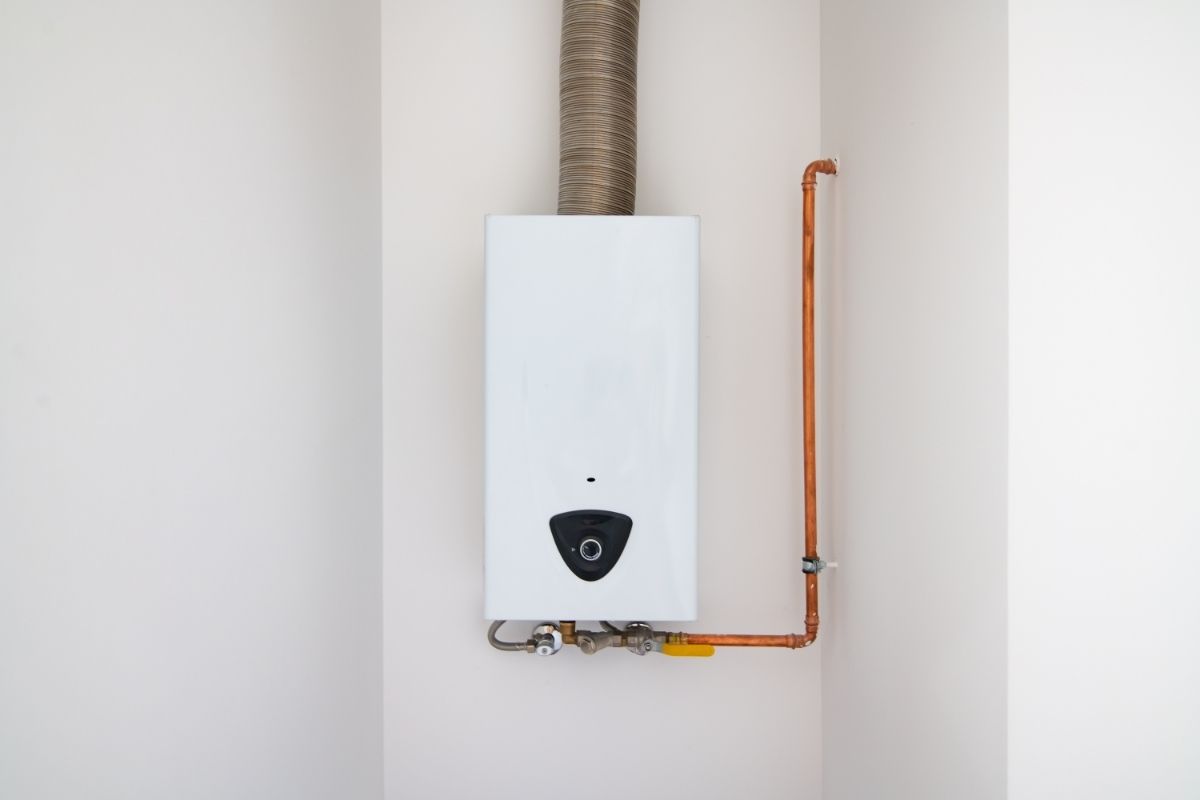

Articles
How To Keep Outdoor Tankless Water Heater From Freezing
Modified: August 24, 2024
Learn effective techniques and tips in these informative articles on how to prevent your outdoor tankless water heater from freezing and avoid costly repairs.
(Many of the links in this article redirect to a specific reviewed product. Your purchase of these products through affiliate links helps to generate commission for Storables.com, at no extra cost. Learn more)
Introduction
Outdoor tankless water heaters are a convenient and energy-efficient option for providing hot water in homes. However, during the freezing winter months, these units can be at risk of damage due to the low temperatures. When the water inside the heater freezes, it can cause the pipes to burst and result in costly repairs. To avoid this situation, it is crucial to take the necessary precautions to keep your outdoor tankless water heater from freezing.
In this article, we will explore various methods to protect your tankless water heater from the freezing temperatures. We will discuss insulation, heat tape, tankless water heater covers, freeze protection devices, and other important tips to ensure the longevity and efficiency of your outdoor tankless water heater.
By implementing these strategies, you can safeguard your investment and continue to enjoy the benefits of a hot water supply, even in the coldest of winters.
Key Takeaways:
- Protect your outdoor tankless water heater from freezing by insulating pipes, using heat tape, and installing a freeze protection device. Regular maintenance and draining for winter are crucial to ensure uninterrupted hot water supply.
- Clear snow and debris, monitor weather forecasts, and consider a freeze-proof model to further safeguard your outdoor tankless water heater from freezing. Prioritize proactive measures to avoid costly repairs and ensure comfort during winter.
Understanding the Risks of Freezing
Before we dive into the methods of preventing your outdoor tankless water heater from freezing, it’s crucial to understand the risks associated with this issue.
When the temperature drops below freezing, the water inside your tankless water heater can turn into ice, causing it to expand. This expansion puts immense pressure on the pipes and other components of the unit, leading to cracks, leaks, or even bursts. Not only can this result in costly repairs, but it can also leave you without hot water until the issue is resolved.
In addition to the potential damage to the tankless water heater itself, freezing temperatures can also have adverse effects on the performance and efficiency of the unit. When water freezes, it expands and obstructs the flow of water, reducing the overall functionality of the heater. It can also result in decreased water pressure and higher energy consumption.
Furthermore, if the water inside the tankless water heater freezes and thaws repeatedly, the expansion and contraction can weaken the pipes over time, increasing the likelihood of future issues. This is why it’s essential to take proactive measures to prevent freezing and protect your outdoor tankless water heater.
Now that we understand the risks involved, let’s move on to the methods you can employ to keep your tankless water heater safe from freezing.
Insulating the Tankless Water Heater
One of the most effective ways to prevent your outdoor tankless water heater from freezing is by insulating it. Insulation works by creating a barrier between the cold air and the water heater, helping to retain heat and maintain a stable temperature.
Start by insulating the exposed pipes connected to the tankless water heater. This can be done using foam pipe insulation sleeves that are readily available at hardware stores. Measure the length of each pipe and cut the insulation sleeves accordingly. Then, wrap the insulation around the pipes, securing it in place with tape or zip ties. Pay close attention to areas where the pipes are exposed and vulnerable to colder air.
Next, consider insulating the external components of the tankless water heater, such as the housing or enclosure. This can be achieved by using insulation blankets or jackets designed specifically for water heaters. These blankets are usually made of fiberglass or foam insulation and can be easily wrapped around the unit. Ensure that you do not cover any vents or obstruct airflow when insulating the water heater.
Keep in mind that proper ventilation is crucial for the safe operation of the tankless water heater, so make sure to follow the manufacturer’s guidelines and recommendations when insulating the unit.
Insulation helps to create a buffer zone that prevents cold air from directly affecting the tankless water heater, reducing the risk of freezing and maintaining optimal performance even in freezing temperatures. However, it is important to note that insulation alone may not be sufficient in extremely cold climates, so it’s advisable to combine it with other preventive measures for maximum protection.
Wrapping the Water Heater with Heat Tape
Another effective method to prevent your outdoor tankless water heater from freezing is by wrapping it with heat tape. Heat tape, also known as heat trace or heating cable, is a specially designed electrical tape that produces heat when it is powered on. This heat helps to keep the water heater and pipes warm, preventing freezing even in the coldest temperatures.
Before wrapping your tankless water heater with heat tape, it’s important to ensure that the unit is clean and free from any debris or obstructions. Start by unplugging the water heater and disconnecting it from the power source. Remove any dirt or debris from the unit and inspect for any signs of damage or wear that may need to be addressed before proceeding.
Next, carefully wrap the heat tape around the tankless water heater, ensuring that it covers all exposed areas, including the pipes, valves, and connections. Follow the manufacturer’s instructions for proper installation and make sure not to overlap or cross the heat tape to avoid hotspots or potential hazards.
Secure the heat tape in place using tape or zip ties, but make sure not to cover any ventilation openings or obstruct the airflow around the water heater. Once the heat tape is securely installed, plug it into a power source and follow the manufacturer’s guidelines for setting the appropriate temperature controls.
Heat tape is an effective solution for keeping your tankless water heater from freezing, but it is important to monitor it regularly. Check for any signs of wear, damage, or malfunction, and replace or repair as necessary. Additionally, keep in mind that heat tape only works when it is properly installed and powered on, so ensure that it is functioning correctly, especially during the colder months.
By adding heat tape to your tankless water heater, you provide an additional layer of protection against freezing and ensure a continuous and reliable supply of hot water, even in harsh winter conditions.
Using a Tankless Water Heater Cover
Using a tankless water heater cover is an effective way to shield your outdoor unit from the elements and prevent freezing. A cover acts as a protective barrier, shielding the water heater from snow, rain, wind, and extreme temperatures.
When choosing a cover for your tankless water heater, opt for one specifically designed for outdoor use and compatible with the size and model of your unit. Look for covers made from durable, waterproof materials that can withstand various weather conditions.
Prior to covering your tankless water heater, ensure that the unit is clean and dry. Remove any debris or obstructions around the water heater and sweep away any leaves or dirt that may have accumulated. This helps to prevent moisture buildup and potential damage to the unit.
Once the water heater is clean and dry, carefully place the cover over it. Ensure that the cover is securely fastened and properly fitted to prevent it from blowing off in strong winds. Some covers come with straps or drawstrings that can be tightened to provide a snug fit.
When using a tankless water heater cover, it’s important to strike a balance between protection and proper ventilation. Ensure that the cover does not block any ventilation openings or restrict the airflow around the unit. This allows for proper circulation and prevents heat buildup, maintaining the efficient operation of the water heater.
Regularly inspect the tankless water heater cover for any signs of wear, tears, or damage. Replace the cover if it becomes worn out or no longer provides adequate protection. Additionally, remove the cover during milder weather conditions to allow the water heater to breathe and prevent any potential moisture or condensation buildup.
Using a tankless water heater cover is an easy and effective way to shield your outdoor unit from the harsh elements and protect it from freezing. By providing a barrier against snow, rain, and extreme temperatures, the cover helps to extend the lifespan of your water heater and ensure its optimal performance throughout the year.
To keep an outdoor tankless water heater from freezing, install a freeze protection kit or use a heater blanket to insulate the unit. Additionally, consider adding a thermostatically controlled heat tape to the pipes to prevent freezing.
Installing a Freeze Protection Device
Installing a freeze protection device is an excellent way to safeguard your outdoor tankless water heater from freezing. These devices are designed to monitor the temperature and automatically activate when the temperature drops to a certain threshold, preventing freezing and potential damage to the unit.
There are several types of freeze protection devices available on the market, including freeze sensors and freeze alarms. Freeze sensors are installed near the water pipes and detect the temperature, triggering the device to activate when the temperature reaches a critical point. Freeze alarms, on the other hand, sound an audible alarm or send an alert when the temperature drops, allowing you to take appropriate action.
Before installing a freeze protection device, carefully read the manufacturer’s instructions and ensure that it is compatible with your tankless water heater model. Some devices may require professional installation, while others can be easily installed by homeowners. If you’re unsure about the installation process, it’s always best to consult a professional plumber or the manufacturer.
When installing the freeze protection device, place it in a location that allows for accurate temperature monitoring. The device should be positioned in an area where it can effectively detect the temperature change and activate when necessary. Follow the manufacturer’s guidelines for proper placement and ensure that it is securely installed.
Regularly test the freeze protection device to ensure that it is functioning correctly. Check the temperature readings and verify that the device activates as expected. Replace the batteries or make any necessary adjustments as recommended by the manufacturer.
Installing a freeze protection device adds an extra layer of safety and peace of mind, providing proactive measures to prevent your outdoor tankless water heater from freezing. By automatically monitoring and reacting to temperature fluctuations, these devices help to eliminate the risk of frozen pipes and potential damage to your unit.
Draining the Water Heater for Winter
Draining the water heater for winter is a crucial step in preventing freezing and protecting your outdoor tankless water heater. By removing all the water from the unit and pipes, you eliminate the risk of freezing and potential damage caused by expanding ice.
Before draining the water heater, ensure that it is turned off and disconnected from the power source. Allow the unit to cool down completely before proceeding, as hot water can cause burns or injuries.
Locate the drain valve on the tankless water heater. This valve is typically located at the bottom of the unit and can be identified by its spigot-like appearance. Attach a garden hose to the drain valve and place the other end of the hose in a suitable drainage area.
Open the drain valve by turning it counterclockwise. This allows the water to flow out of the water heater and through the garden hose. Depending on the size of your tankless water heater, it may take some time for all the water to drain fully. Be patient and allow the process to complete.
Once all the water has drained from the tankless water heater, close the drain valve by turning it clockwise. Remove the garden hose and ensure that the drain valve is tightly closed to prevent any leaks or drips.
It’s essential to note that draining the water heater alone may not be sufficient to completely protect it from freezing. The residual moisture left in the unit and pipes can still freeze under extremely low temperatures. To provide additional protection, follow the previously mentioned methods, such as insulation, heat tape, or using a tankless water heater cover.
When the cold weather subsides and it’s time to use the water heater again, remember to flush and refill it with fresh water before turning it back on. This helps to remove any sediments or buildup that may have accumulated during the winter months.
Draining the water heater for winter is an essential step in preventing freezing and ensuring the longevity of your outdoor tankless water heater. By eliminating the water from the unit and pipes, you minimize the risk of ice formation and potential damage, allowing your water heater to continue functioning optimally.
Other Tips for Preventing Freezing
In addition to the methods mentioned above, there are several other tips you can follow to further prevent freezing and protect your outdoor tankless water heater:
- Keep the area around the water heater clear: Clear away any snow, debris, or vegetation around the water heater to ensure proper airflow and ventilation. This helps to prevent moisture buildup and allows the unit to operate efficiently.
- Monitor weather forecasts: Stay aware of the weather forecast and take preventive action when extremely cold temperatures are expected. Consider additional measures such as using a heat lamp or installing insulation around vulnerable areas.
- Check for leaks: Regularly inspect the water heater and surrounding pipes for any signs of leaks or drips. Even a small leak can lead to freezing and damage over time. Repair or replace any damaged components promptly.
- Disconnect hoses and outdoor faucets: Disconnect and drain any hoses connected to your outdoor water heater or faucets. This prevents any remaining water from freezing and causing damage to the water heater or plumbing system.
- Maintain proper heat in the surrounding area: If possible, provide a source of heat near the water heater, such as a space heater or heat lamp. This helps to maintain a higher temperature and reduce the risk of freezing.
- Consider a freeze-proof model: When purchasing or replacing your outdoor tankless water heater, consider investing in a model that is specifically designed to handle freezing temperatures. These units are equipped with built-in freeze protection mechanisms to prevent damage.
By implementing these additional tips, you can further enhance the protection of your outdoor tankless water heater and minimize the risk of freezing. Remember that prevention is key, and taking proactive measures before the onset of cold weather can save you from costly repairs and ensure a continuous supply of hot water throughout the winter months.
Conclusion
Keeping your outdoor tankless water heater from freezing is essential to ensure its longevity and uninterrupted hot water supply. By understanding the risks of freezing and implementing preventive measures, you can protect your investment and enjoy the benefits of a functional water heating system, even in the coldest of winters.
Insulating the tankless water heater and wrapping it with heat tape are effective methods to keep the unit warm and prevent freezing. Using a tankless water heater cover adds an extra layer of protection against the elements, while installing a freeze protection device provides an automatic response to temperature drops.
Draining the water heater for winter helps remove the risk of ice formation, but it should be complemented with other preventive strategies such as insulation and cover usage. Additionally, maintaining proper ventilation, monitoring for leaks, and disconnecting hoses and outdoor faucets are important steps in preventing freezing.
Remember to stay informed about the weather forecast and take proactive measures when extremely cold temperatures are expected. Regular maintenance and inspection of the water heater will help identify any issues and address them promptly.
By following these tips and guidelines, you can keep your outdoor tankless water heater safe from freezing and ensure a continuous supply of hot water throughout the winter season. Prioritizing the protection of your water heater will not only save you from costly repairs but also provide peace of mind and comfort during cold weather conditions.
Frequently Asked Questions about How To Keep Outdoor Tankless Water Heater From Freezing
Was this page helpful?
At Storables.com, we guarantee accurate and reliable information. Our content, validated by Expert Board Contributors, is crafted following stringent Editorial Policies. We're committed to providing you with well-researched, expert-backed insights for all your informational needs.
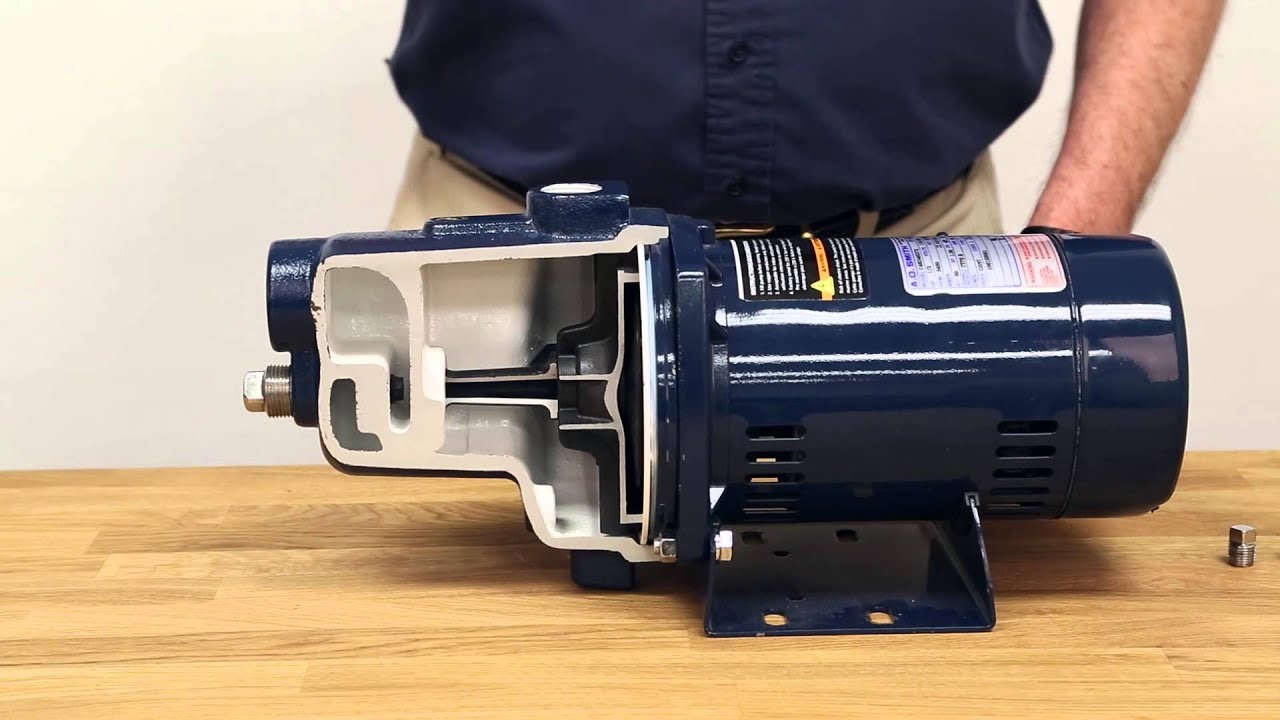
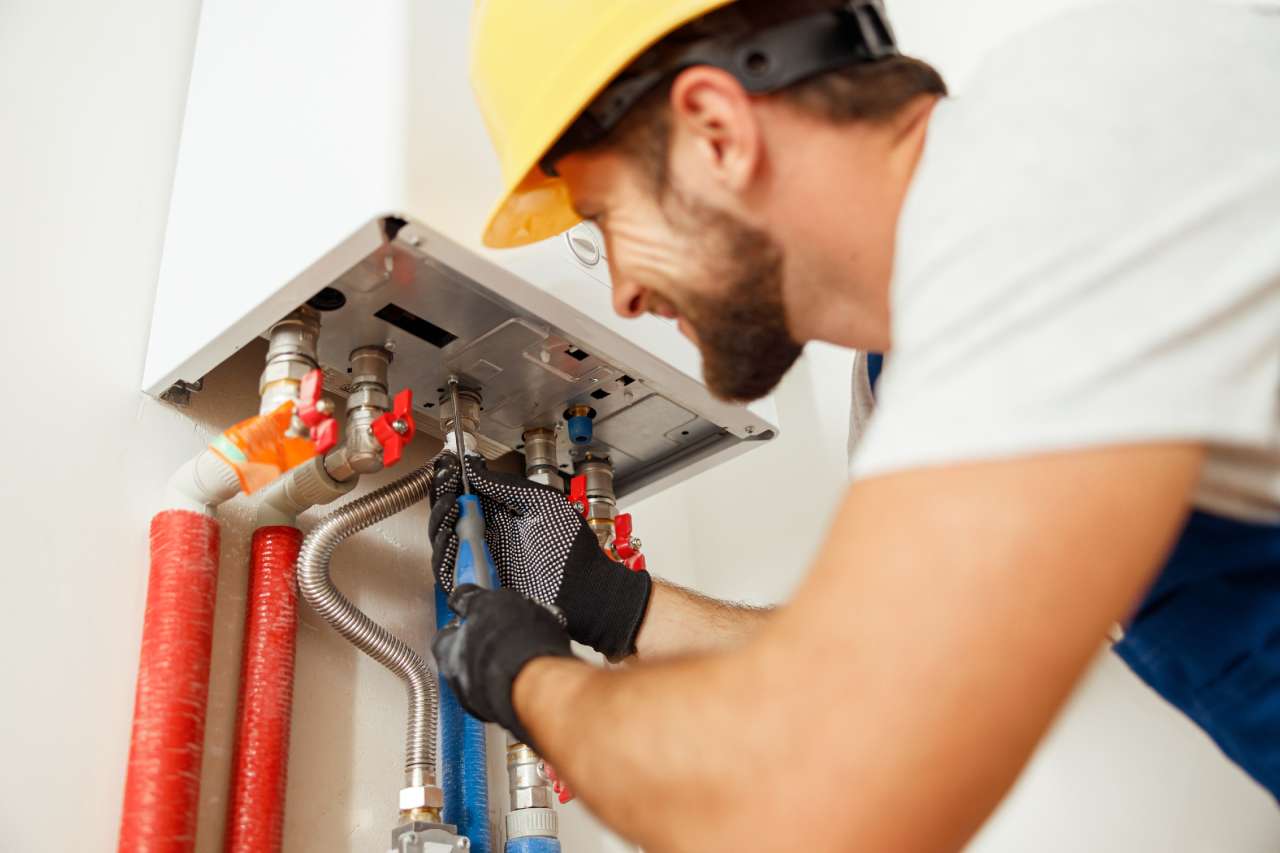
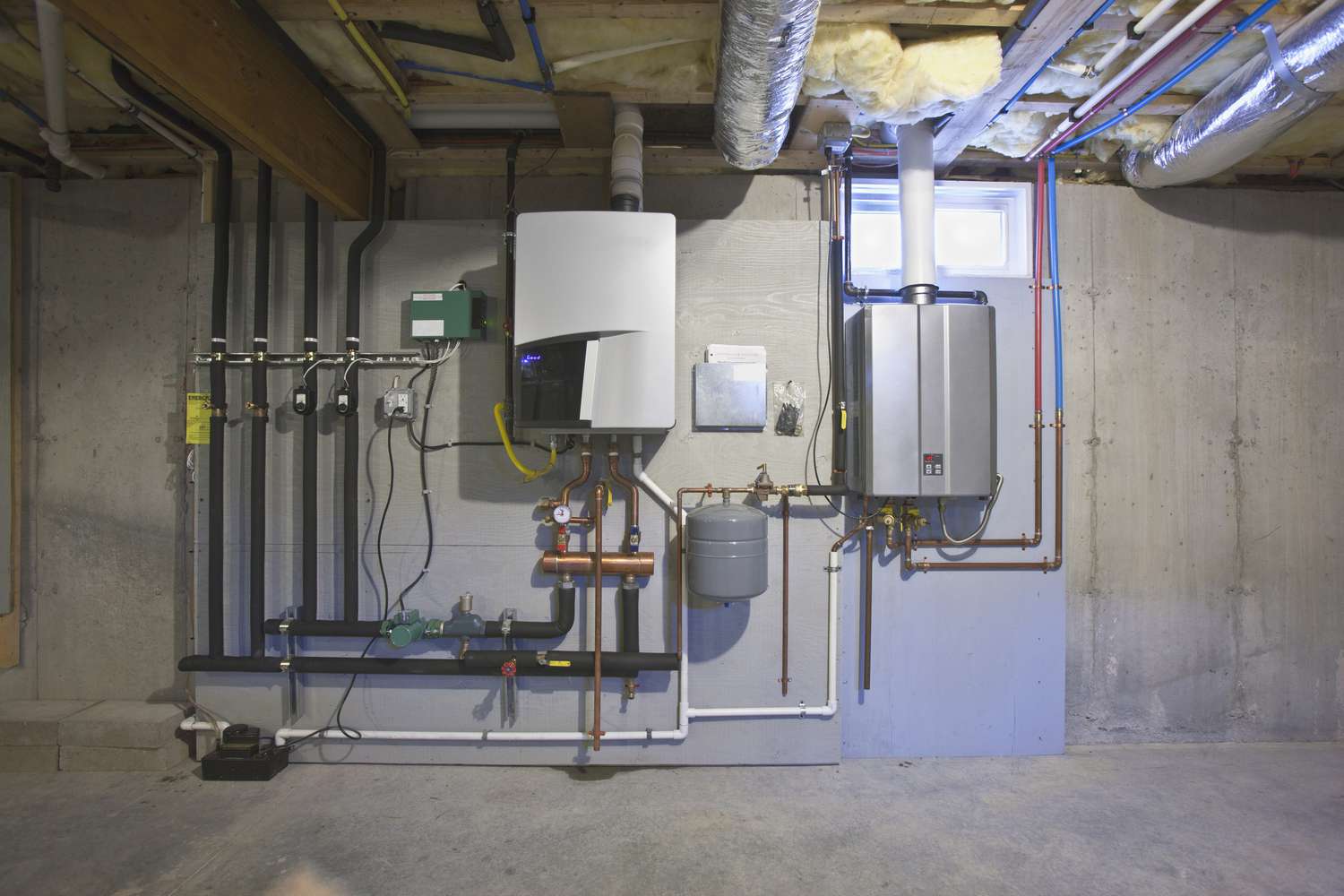
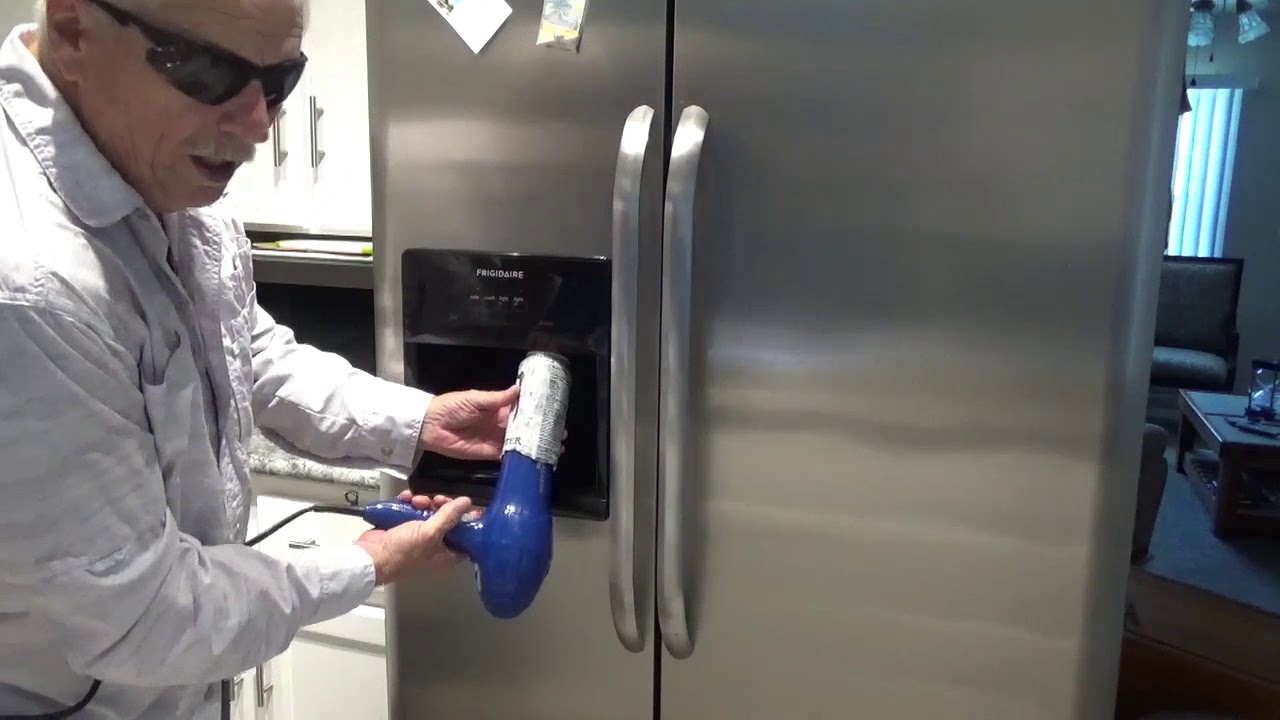
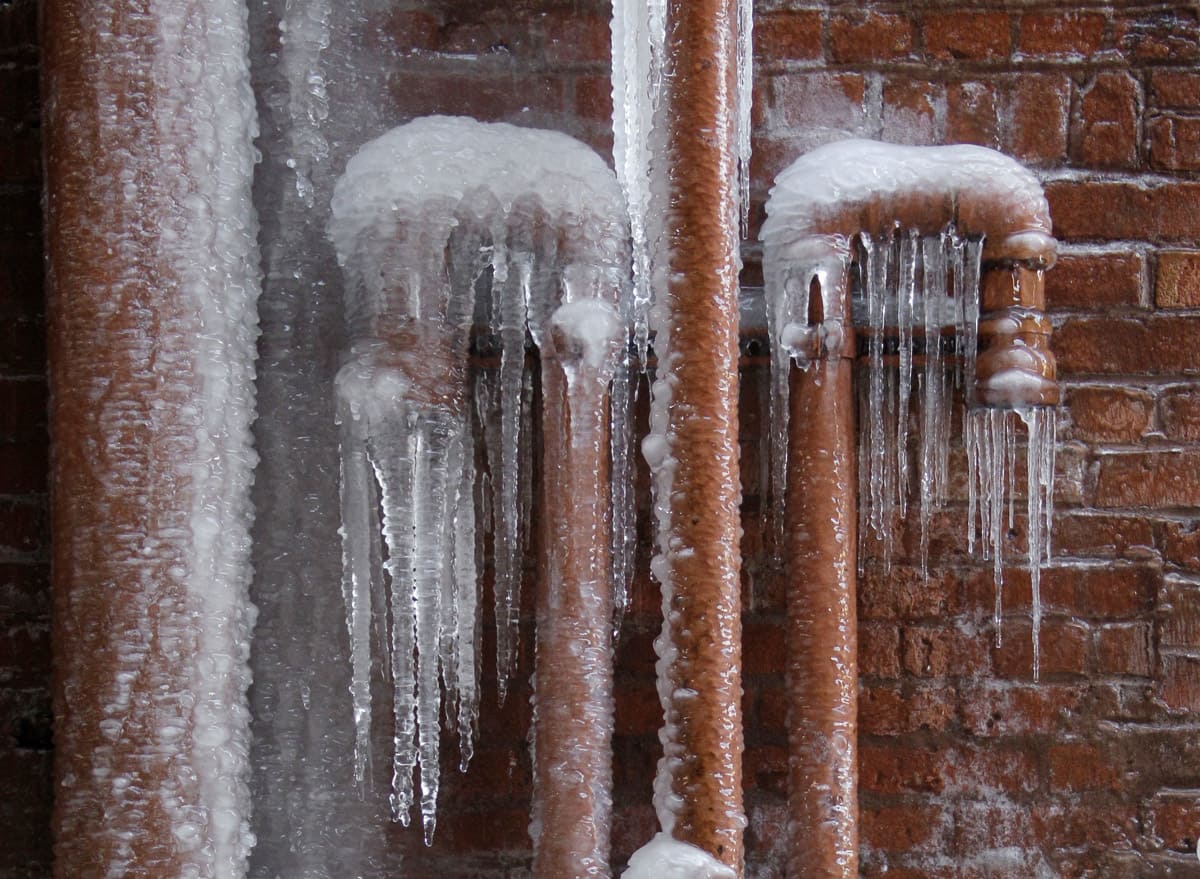
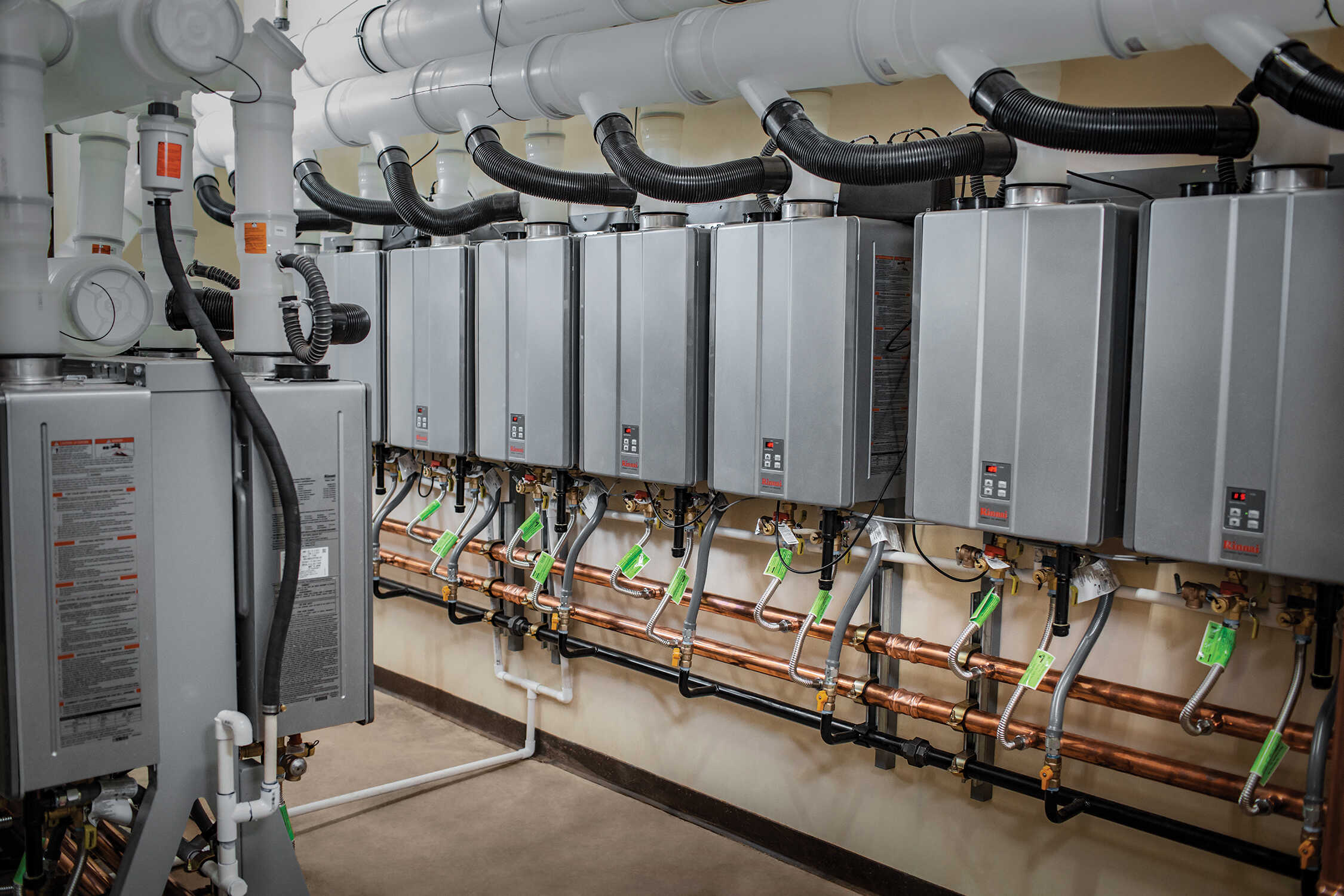
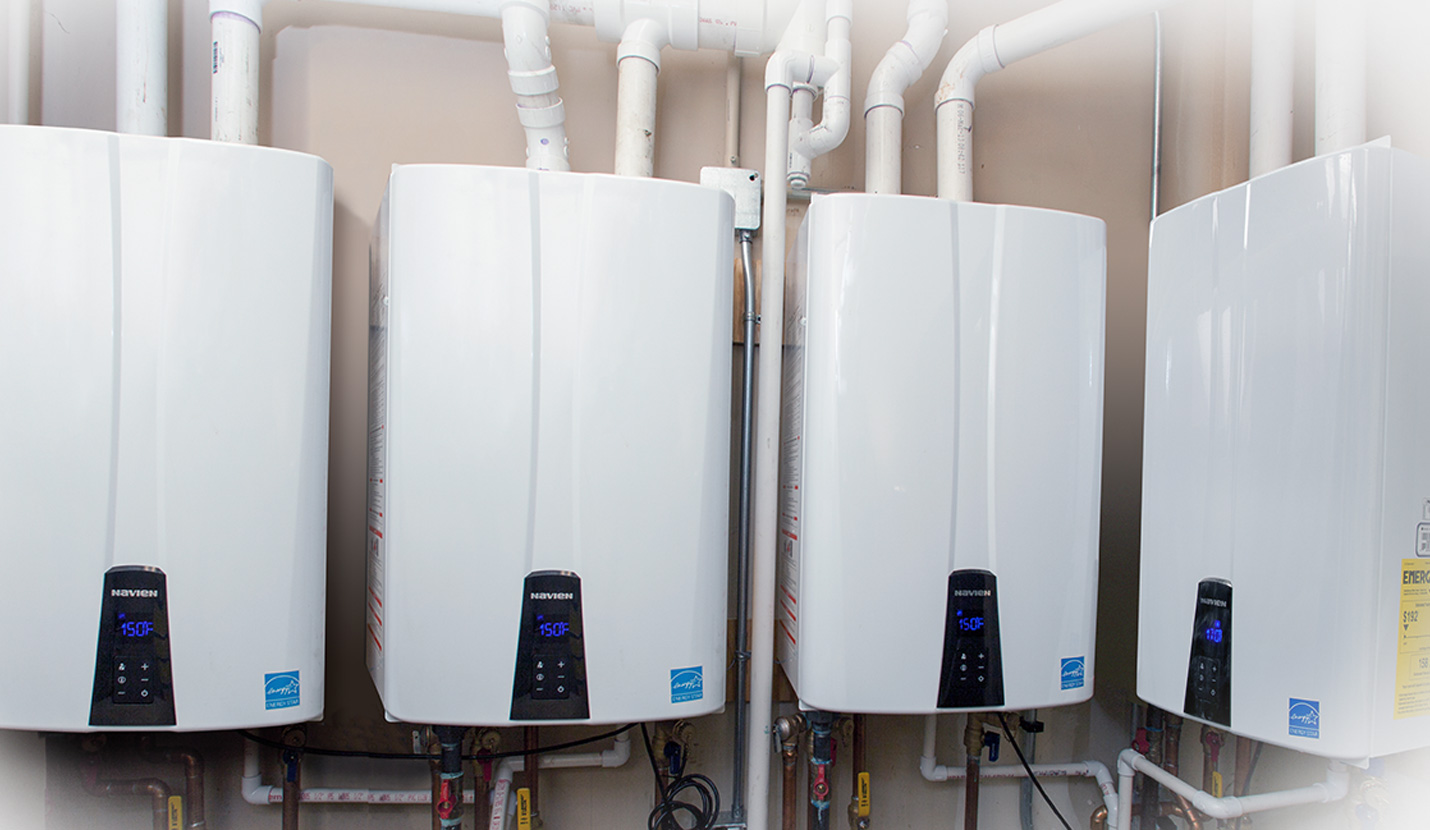
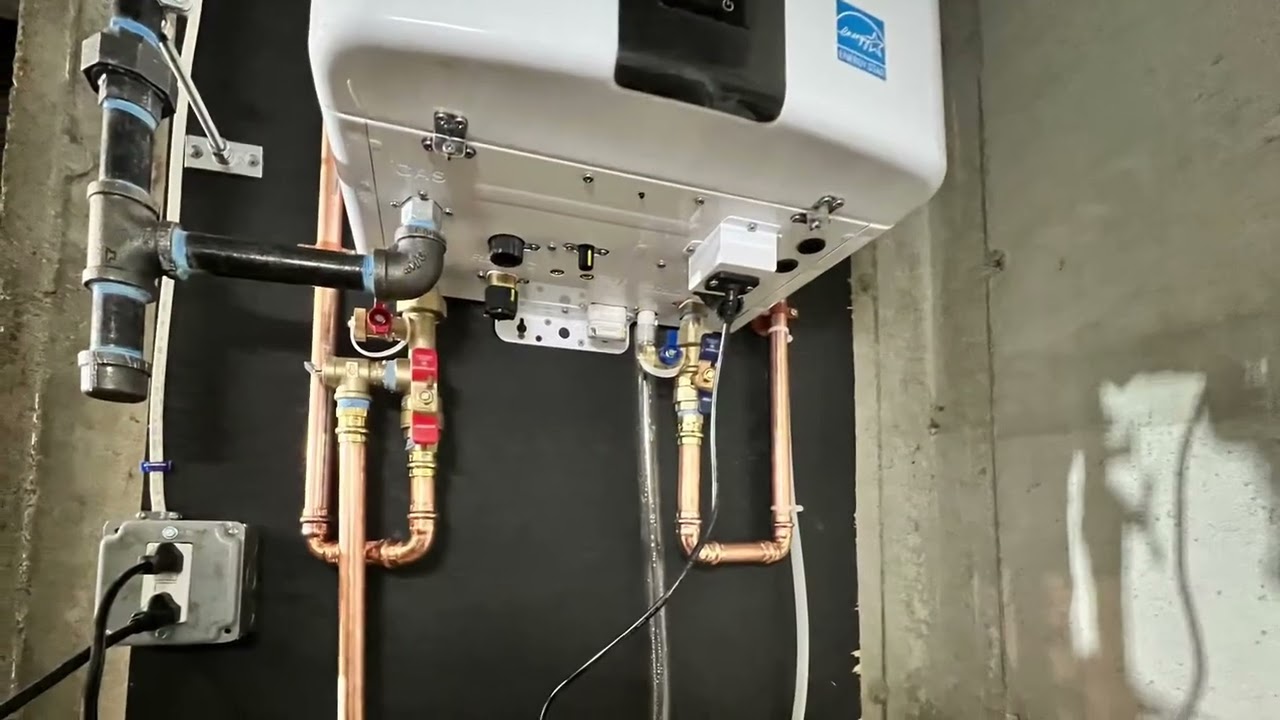
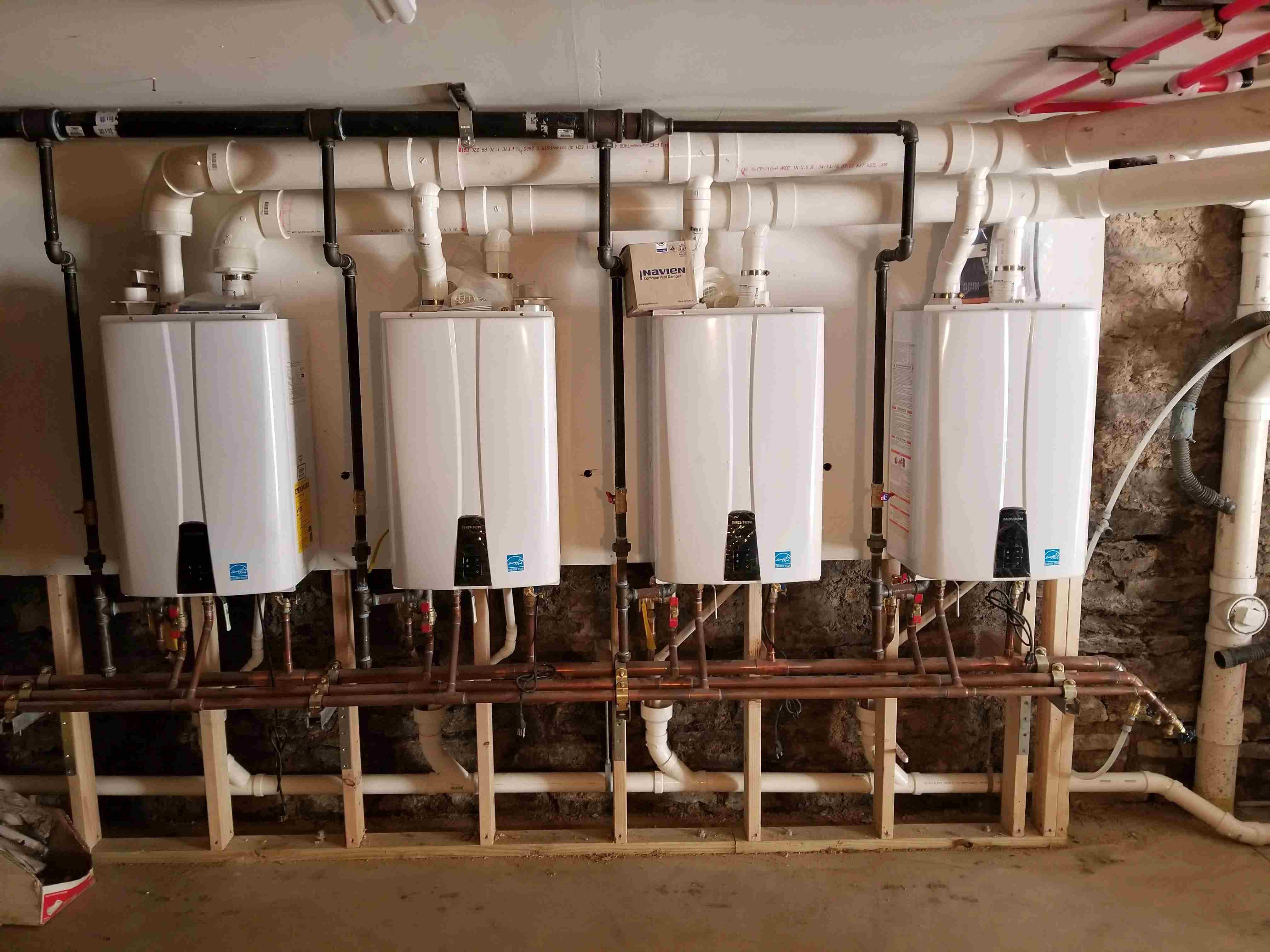
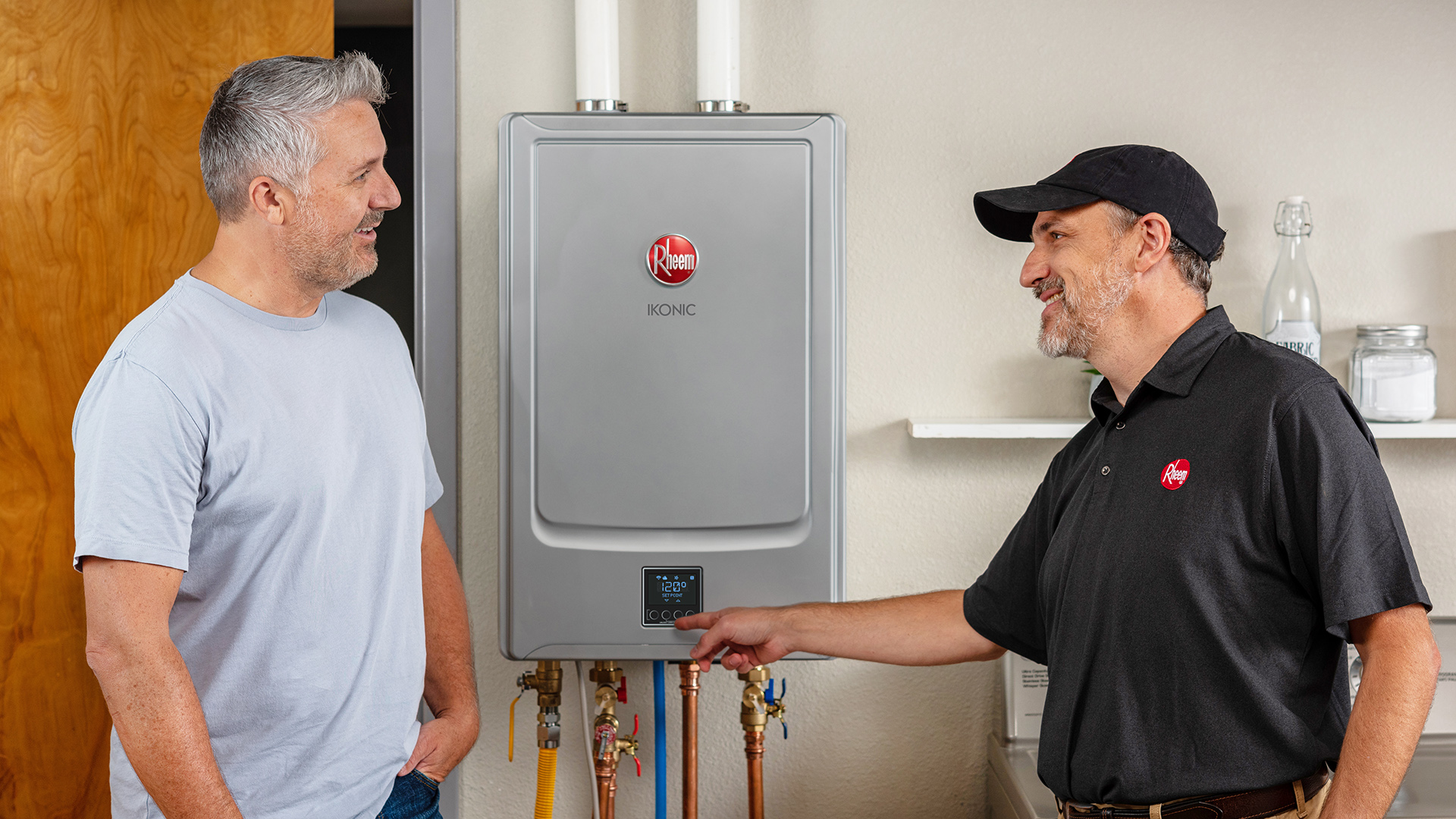
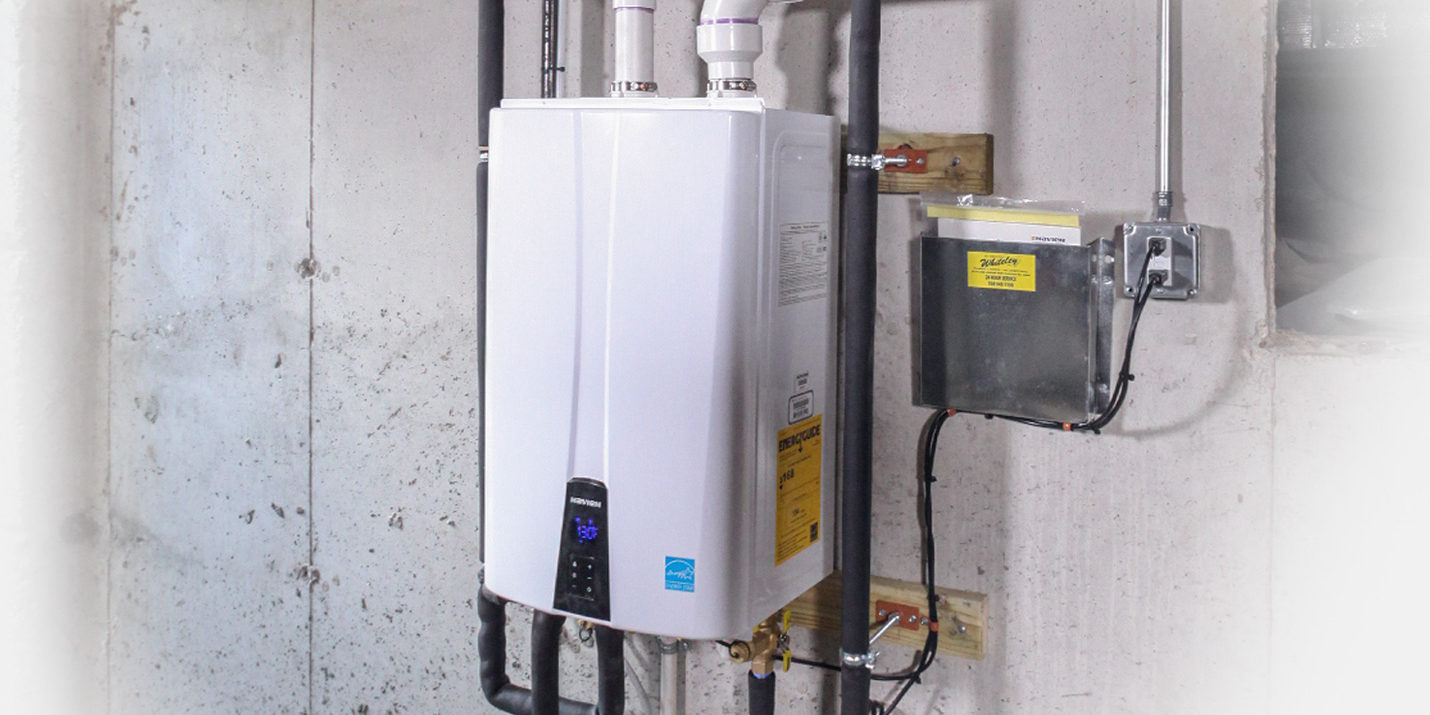
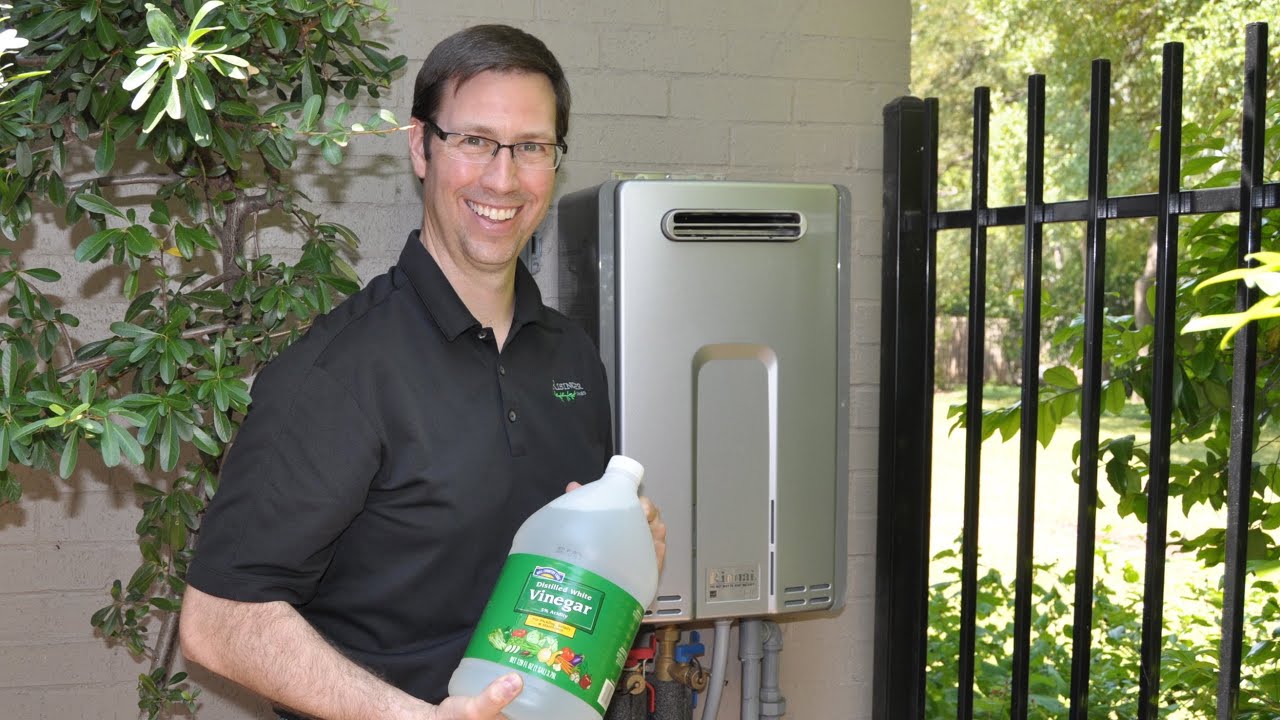
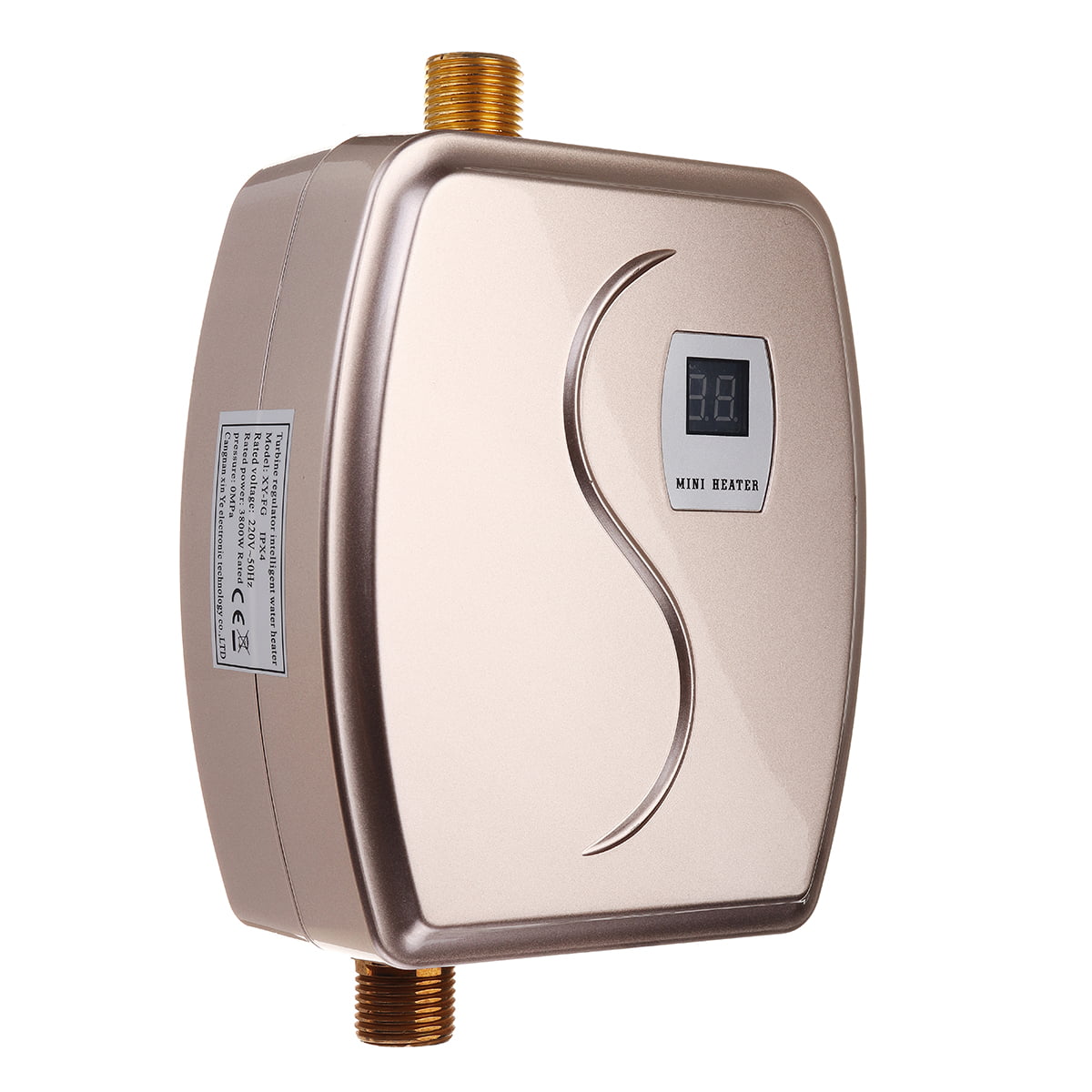
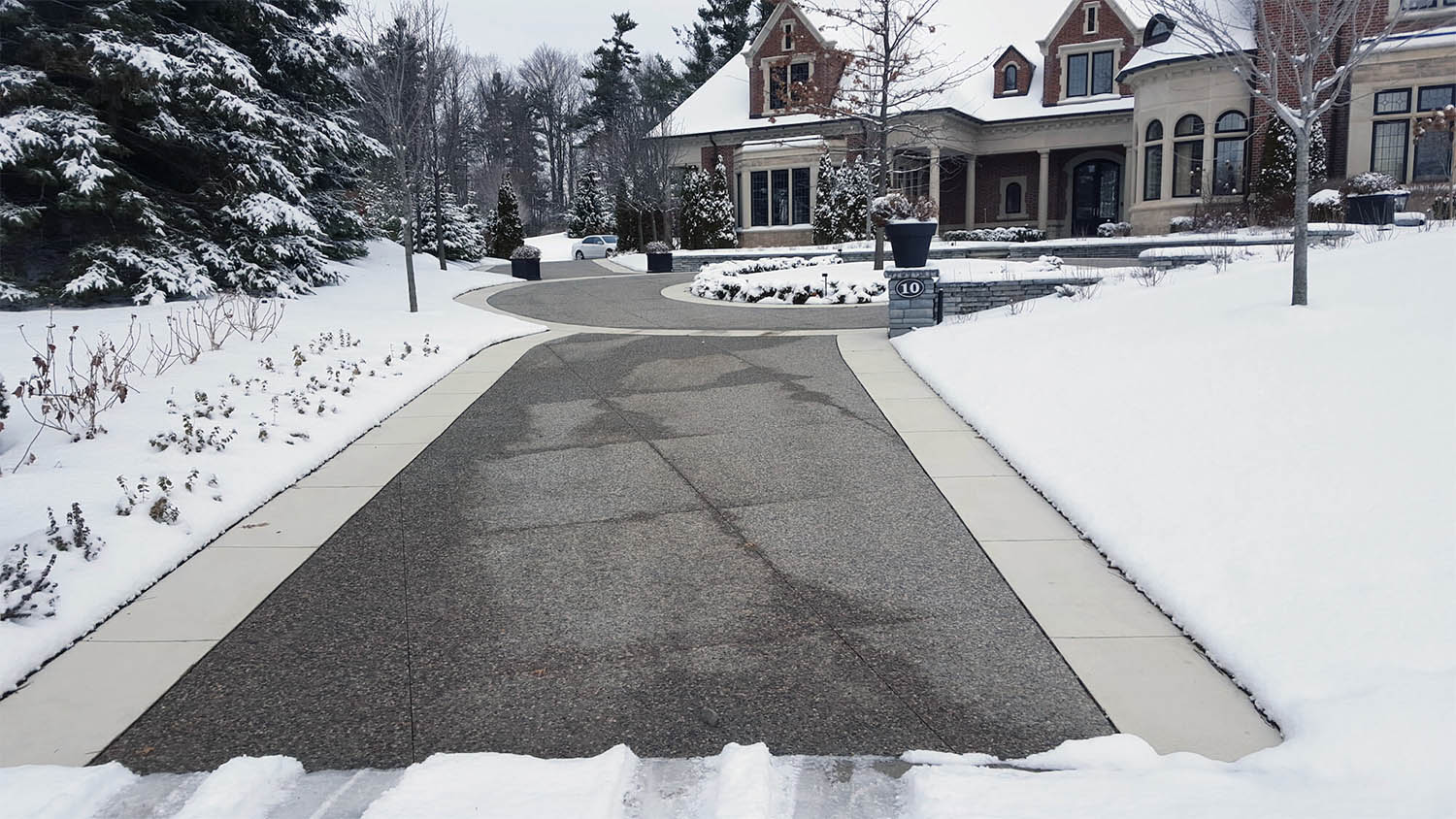

0 thoughts on “How To Keep Outdoor Tankless Water Heater From Freezing”